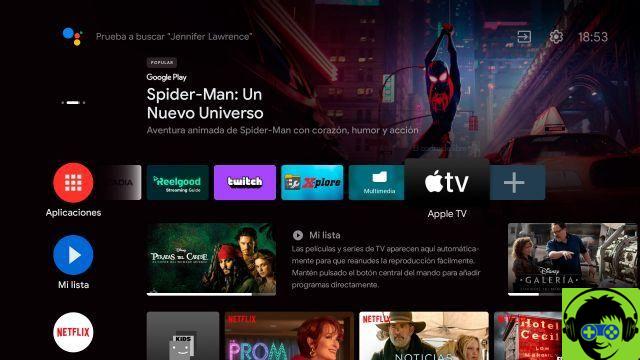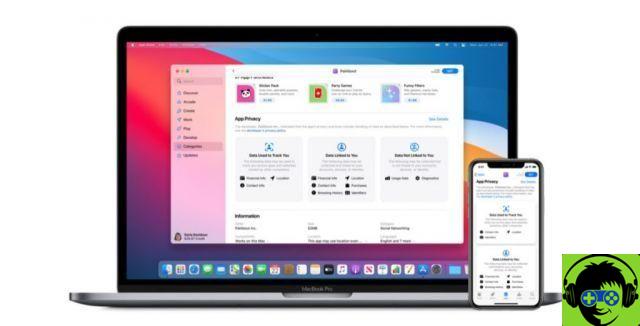
On September 15, Apple unveiled the iPad Air 4, which incorporates the A14 Bionic chip, a design inspired by the iPad Pro line, and a 10,9-inch screen. Most notably, with the disappearance of the Start button to make a "full screen" product, Touch ID had to move to the power button located at the top of the device.
In an appearance on iJustine and Jenna Ezarik's “Same Brain” video blog released Saturday, Apple's Vice President of Hardware Engineering John Ternus and Apple's Vice President of Product Marketing Bob Borchers discussed the challenges facing the new iPad line. had to face.
On Touch ID on the tablet, Borchers describes the change as "an incredible engineering exercise in putting that fingerprint reader with all its capabilities and security in such a compromised format."
Asked whether the Touch ID power button used the same Touch ID technology as the original, Ternus suggests that it's more of an "evolution of the technology" used in the device. "We wanted to get the 'full screen' design and had to remove the Home button, so we had to think about where to put the Touch ID sensor."
"What made it so challenging is how well proportioned it is," being positioned above the button on the edge. "If you think about it, the sensor only sees a small part of your fingerprint when you share it with your previous Touch ID."
Ternus continues, “It has to be incredibly responsive and it also has to capture as you set it up and keep adapting as time goes by to refine the footprint design. That way, no matter how you position your finger, that part of the finger is already captured and can authenticate. "
He also adds "a lot of work with the algorithm, a lot of work with the electronics" was needed to create such a capable sensor in such a small space. »However, size isn't the only challenge. Positioning the sensor on top of the iPad Air also posed other challenges to overcome.
"On iPads with a cellular option, the top of the case is the antenna," explains Ternus, so they had to put "this terribly sensitive Touch ID sensor inside a terribly sensitive antenna and figure out how to make them work with one. . another so that they do not overlap and cause interference ”.
"As these products add new features and become more compact and condensed at the same time, it is becoming more and more important that our teams work closely together," he says, "which is why the Touch ID team and the antenna team they closed themselves together for the entire engineering process ”.
Apple's design to put Touch ID on the power button may appear on more products in the near future. It is rumored that in 2021 more iPad models without Face ID would move the fingerprint reader to the button on the edge, thus freeing up all the space for the screen.


























